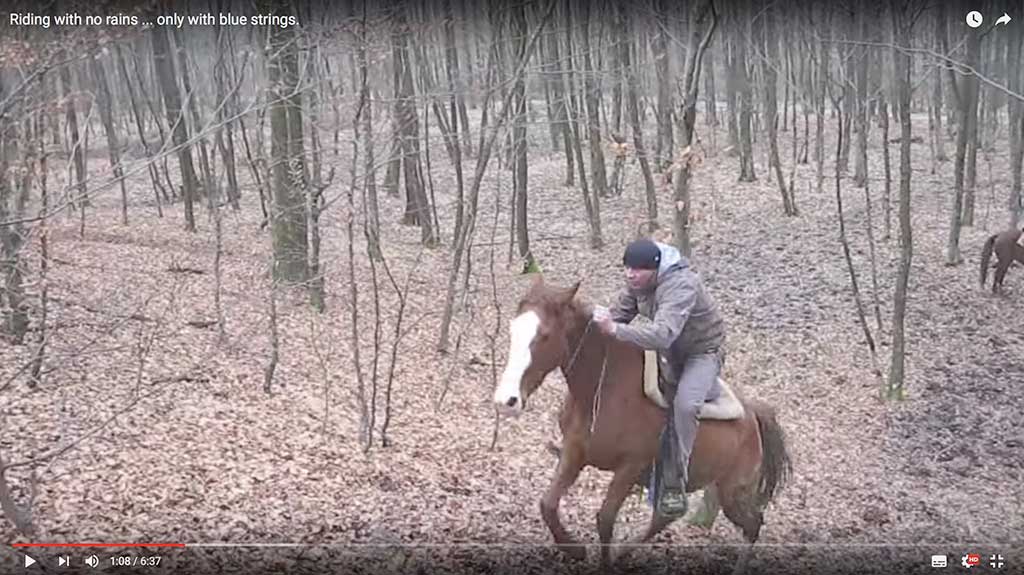In the nature, horses don't die because they're not shod. No matter the terrain they walk on.
The shoes make concrete or asphalt a dangerous and slippery surfaces. To make things better, people started putting little spikes on the horseshoes which penetrate the asphalt and provide a horse with a foothold. Unfortunately, they penetrate anything else a horse steps on or kicks. Like another horse, if you keep horses together in an open barn. It's a big difference if a horse steps on your foot barefooted or shod. It can't step on you "just a little", it must put all it's weight on that leg in order to move it. If it was barefoot, you can get a black toenail. If it was shod, you can sit in the car and drive to the ER. Plus, during the winter, everybody who wants to ride on trail, must remove the shoes because while riding in the snow snow forms an ice ball which makes riding impossible. The riders who keep their horses in the barn rarely ride in the nature when it's slippery. The reason is this. Their horses have spent all their lives on a half meter of straw. they have been stripped of opportunity to learn how to walk in s slippery and steep terrain. When they are on dry ground, they have their shoes on, and when it get's slippery, the shoes get removed ?!?!?!?!?! ...it's no wonder when they ride out in the rain, there are broken bones and injured horses.
The advantages of barefoot horses:
- hooves get stronger by everyday usage
- they represent a significantly less of a danger for other horses, humans and equipment.
- they move normally even in winter time.
- they represent a less expense for their owners.
If a hoof outgrows, which rarely happens, it just breaks, like it would in the nature.






